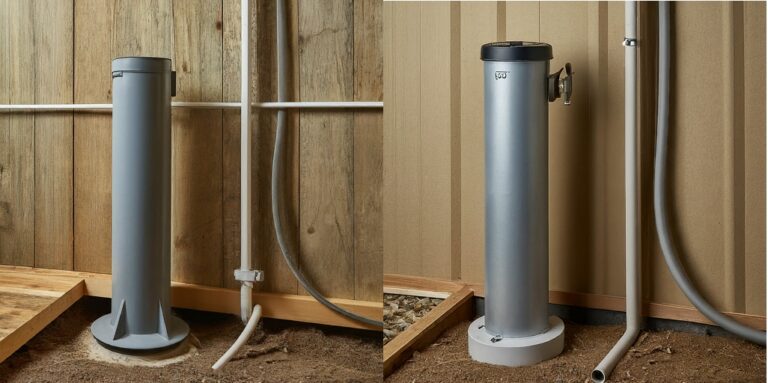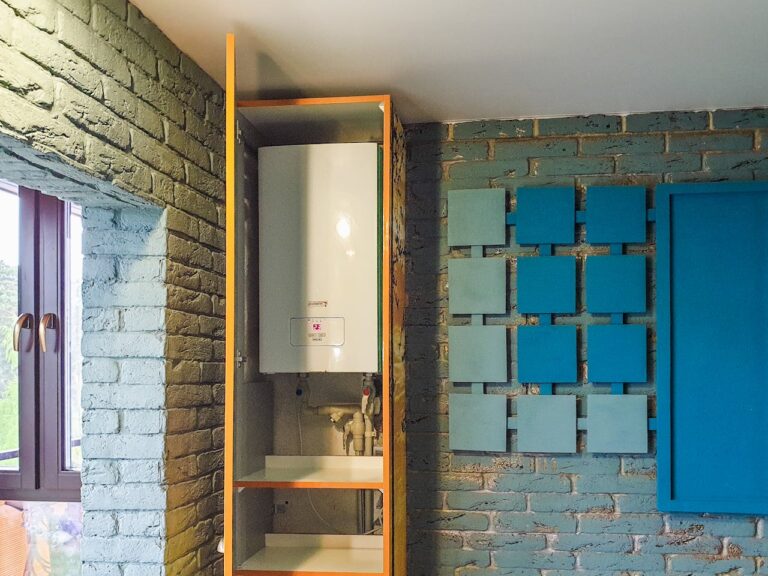
Over time, grout buildup in drain pipes can lead to slow drainage, clogs, and other plumbing issues. Removing this stubborn material requires careful attention and the right techniques to avoid causing damage to your pipes. In this guide, we’ll explore the step-by-step process for safely dissolving grout in a drain pipe, restoring proper water flow, and preventing future clogs.
1. Assess the Situation
Before attempting to dissolve grout in your drain pipe, it’s essential to assess the severity of the buildup and identify any potential obstructions or damage. Inspect the drain pipe using a flashlight or drain camera, looking for signs of grout buildup, blockages, or leaks.
Proper assessment of the situation is crucial for determining the best course of action. Grout buildup in drain pipes can vary in severity, ranging from minor obstructions to complete blockages. By thoroughly inspecting the drain pipe, you can identify the extent of the problem and plan your approach accordingly.
2. Choose the Right Dissolving Agent
Selecting the appropriate dissolving agent is essential for effectively breaking down grout without causing damage to your drain pipes. Common options include acidic cleaners, enzyme-based products, and commercial grout removers. Choose a product that is safe for use in plumbing systems and compatible with the materials in your drain pipes.
There are various products available for dissolving grout in drain pipes, each with its own strengths and limitations. Acidic cleaners are effective at breaking down grout but can be corrosive and should be used with caution. Enzyme-based products offer a gentler alternative and are safe for use in most plumbing systems. Consider your specific needs and preferences when selecting a dissolving agent for your drain pipe.
3. Prepare the Dissolving Solution
Follow the manufacturer’s instructions to prepare the dissolving solution, taking care to use the correct dilution ratio and safety precautions. Wear gloves and eye protection when handling chemical cleaners, and ensure adequate ventilation in the area where you’ll be working.
Proper preparation of the dissolving solution is essential for achieving optimal results and ensuring safety during the cleaning process. Follow the instructions provided on the product label, mixing the solution according to the recommended dilution ratio. Take precautions to protect yourself from exposure to harsh chemicals, including wearing gloves, eye protection, and ensuring adequate ventilation in the work area.
4. Apply the Dissolving Solution
Carefully pour the prepared dissolving solution into the drain pipe, ensuring that it reaches the affected area where the grout buildup is located. Allow the solution to sit for the recommended amount of time, allowing it to penetrate and break down the grout.
Proper application of the dissolving solution is critical for effectively removing grout buildup from the drain pipe. Pour the solution slowly and evenly into the drain, ensuring that it reaches the affected area where the grout is located. Allow the solution to sit undisturbed for the specified amount of time, allowing it to work its magic and break down the grout effectively.
5. Flush the Drain
After allowing the dissolving solution to work its magic, flush the drain pipe with hot water to wash away the dissolved grout and any remaining debris. Run the water for several minutes to ensure thorough flushing and to prevent any residual solution from lingering in the pipes.
Flushing the drain pipe after applying the dissolving solution helps remove loosened grout and debris, restoring proper water flow and preventing future clogs. Run hot water through the drain for several minutes, allowing it to flow freely and wash away any remaining residue. This step ensures that your drain pipe is clean and free of grout buildup, minimizing the risk of future plumbing issues.
6. Monitor for Results and Repeat if Necessary
After flushing the drain, monitor the water flow to ensure that the grout buildup has been effectively removed. If necessary, repeat the dissolving process or consider using mechanical methods, such as snaking or hydro jetting, to further clear the drain pipe.
Monitoring the results of the dissolving process is essential for ensuring that the grout buildup has been effectively removed. Pay attention to the water flow in the drain, looking for signs of improvement or lingering issues. If necessary, repeat the dissolving process or explore alternative methods, such as mechanical cleaning, to further clear the drain pipe and restore optimal water flow.
Conclusion
Dissolving grout in a drain pipe requires patience, careful preparation, and the right techniques to achieve optimal results. By following the step-by-step instructions outlined in this guide, you can effectively remove grout buildup and restore proper drainage in your plumbing system, preventing clogs and other plumbing issues.






